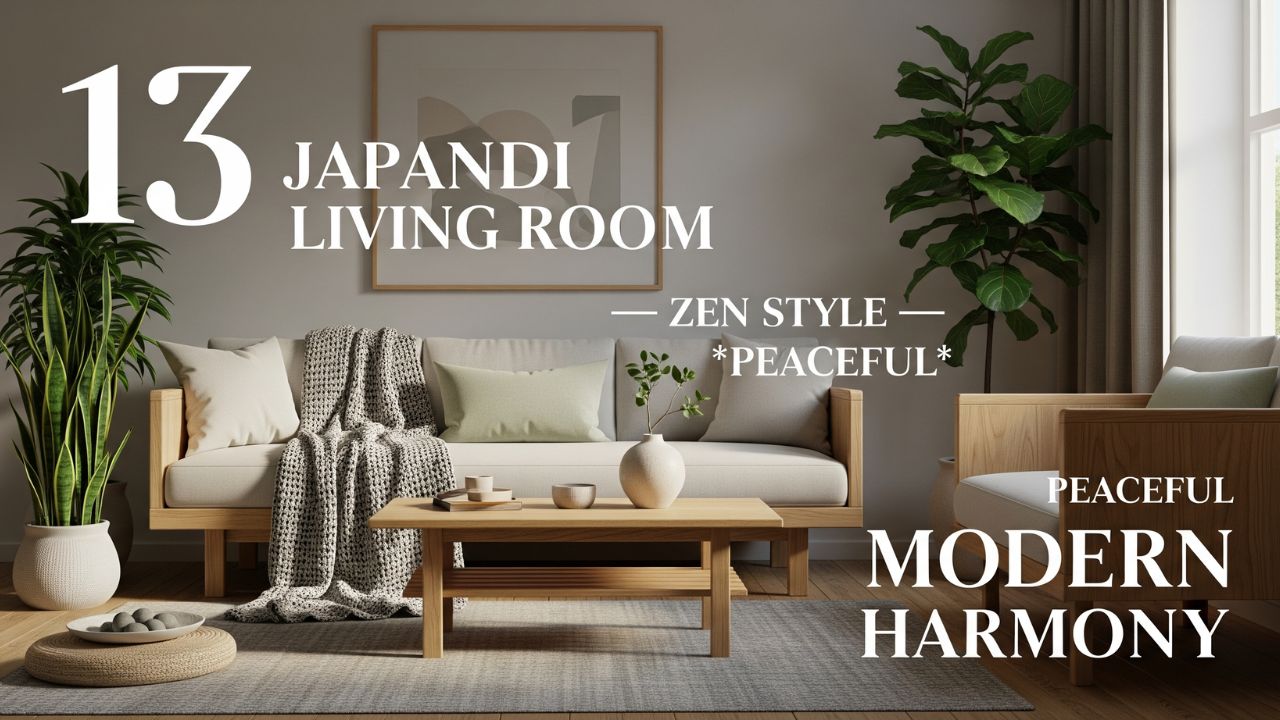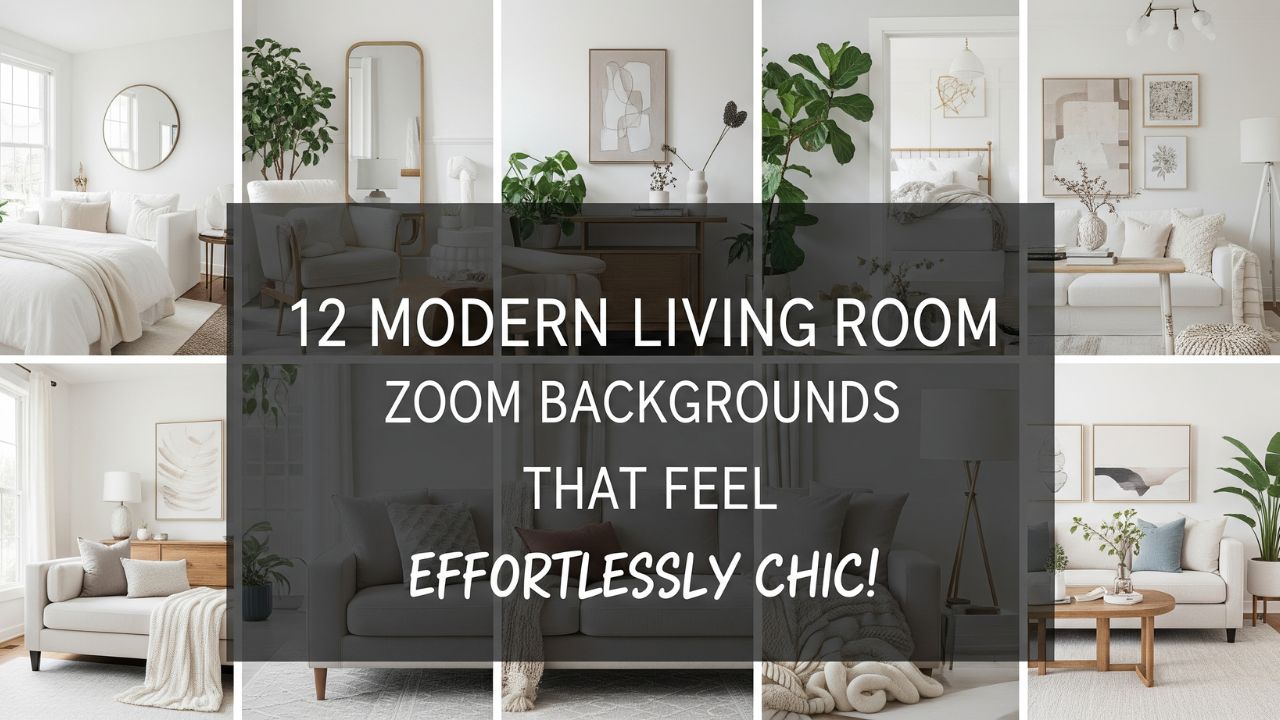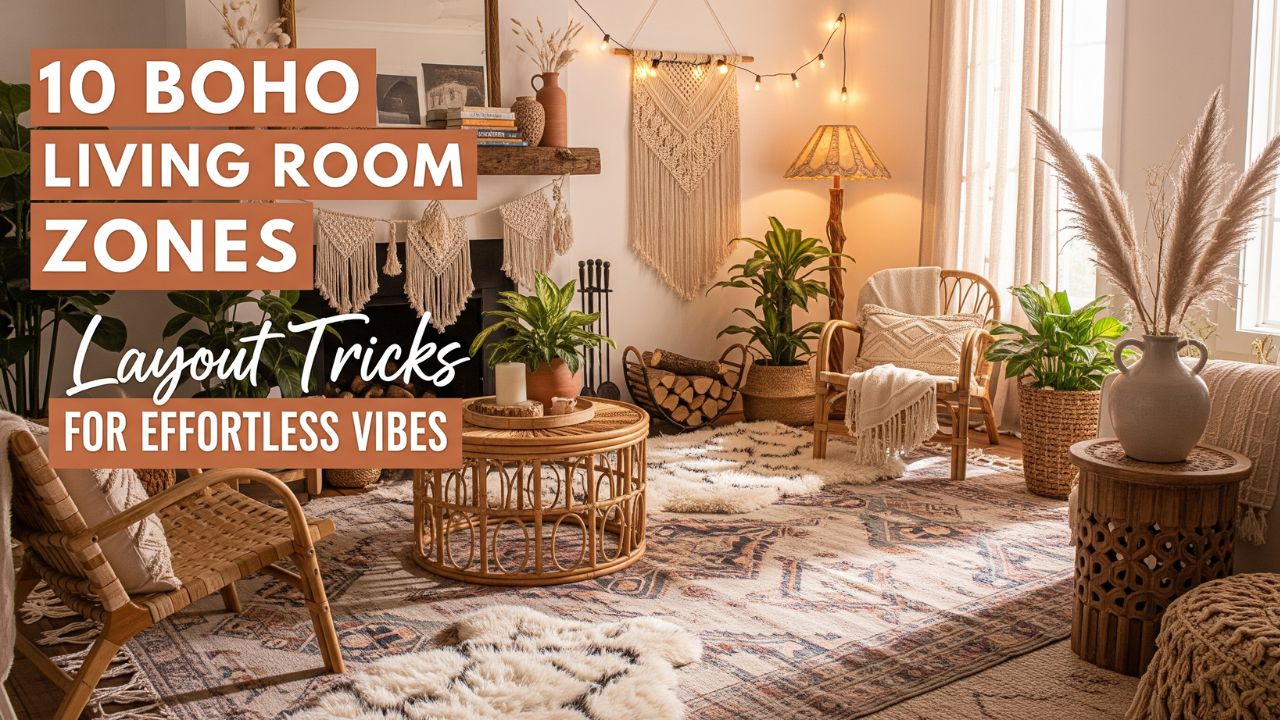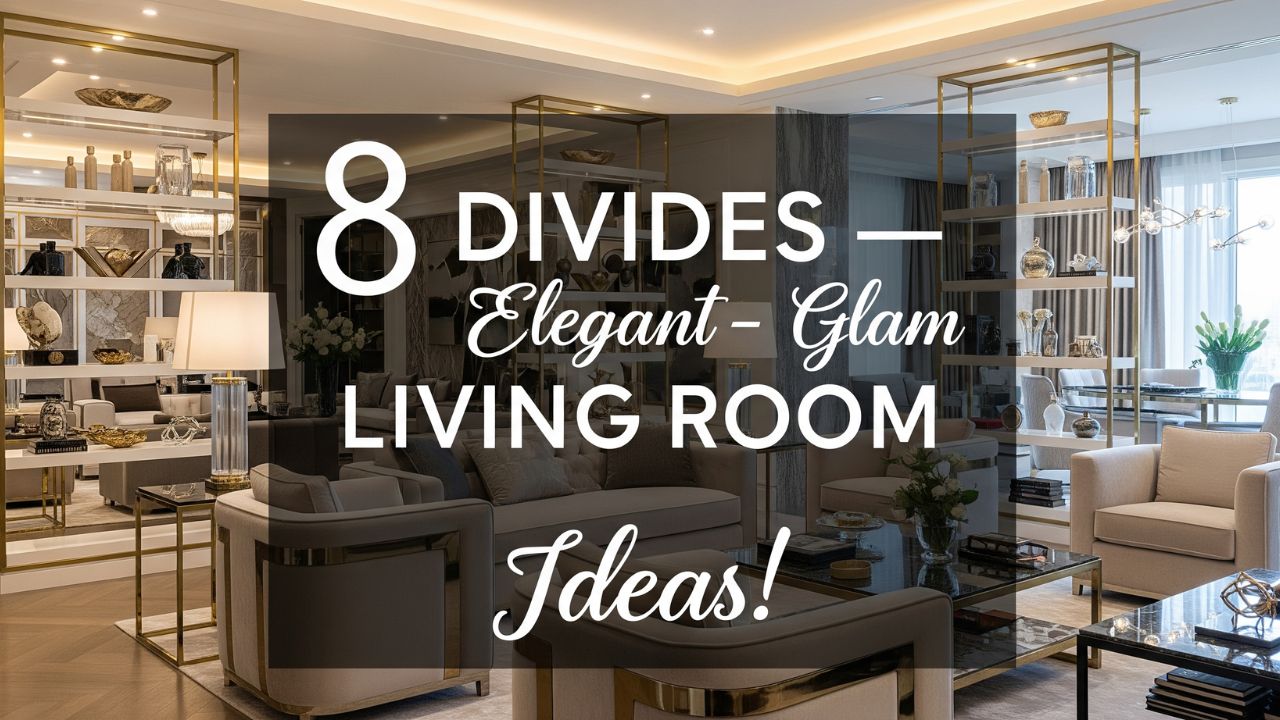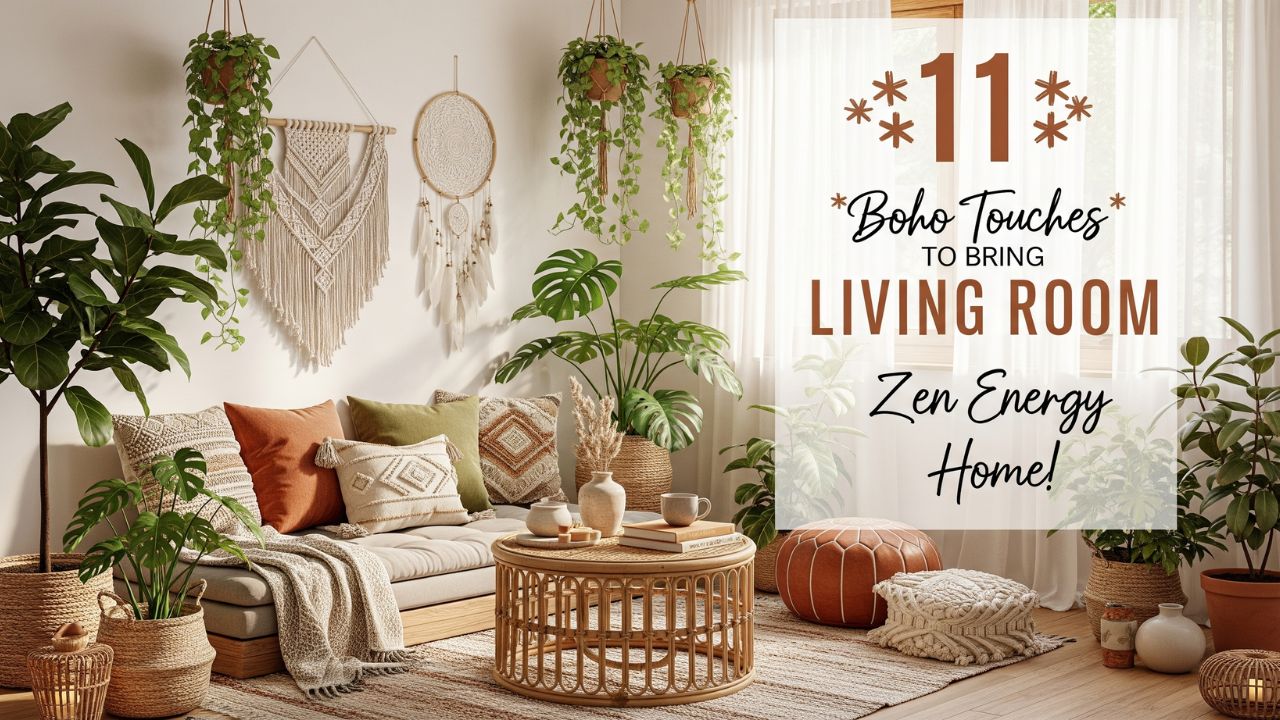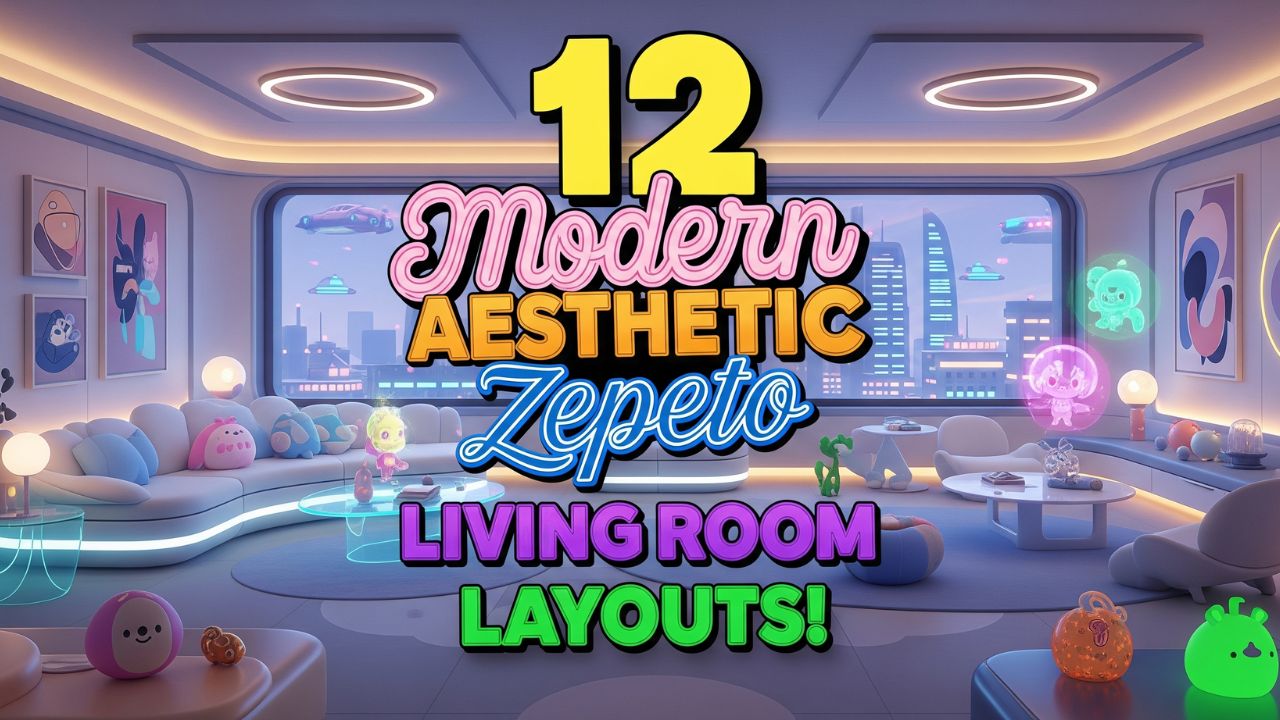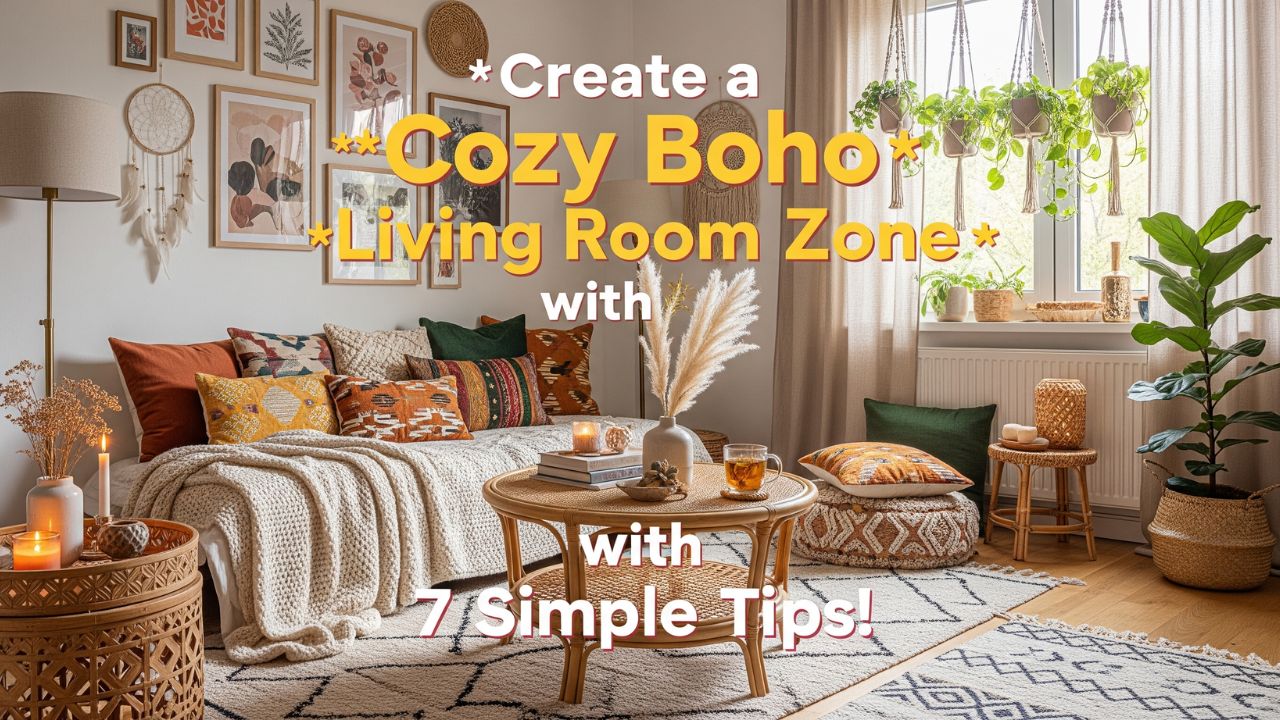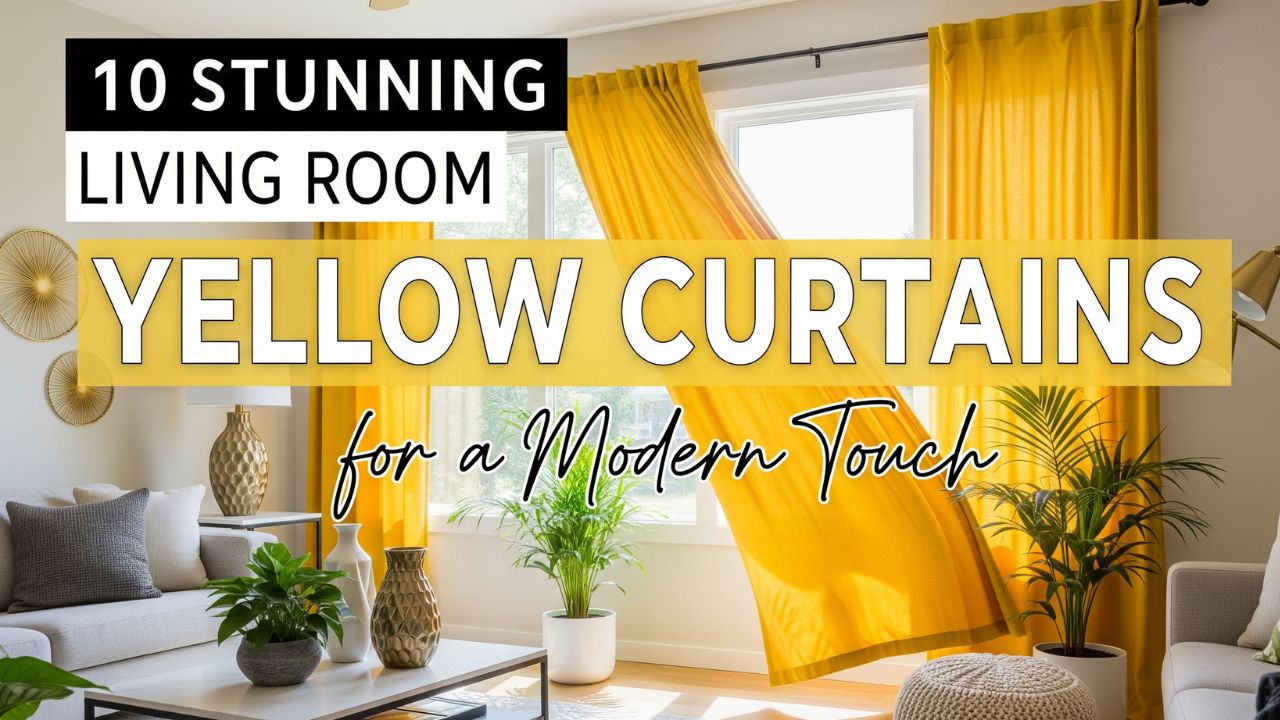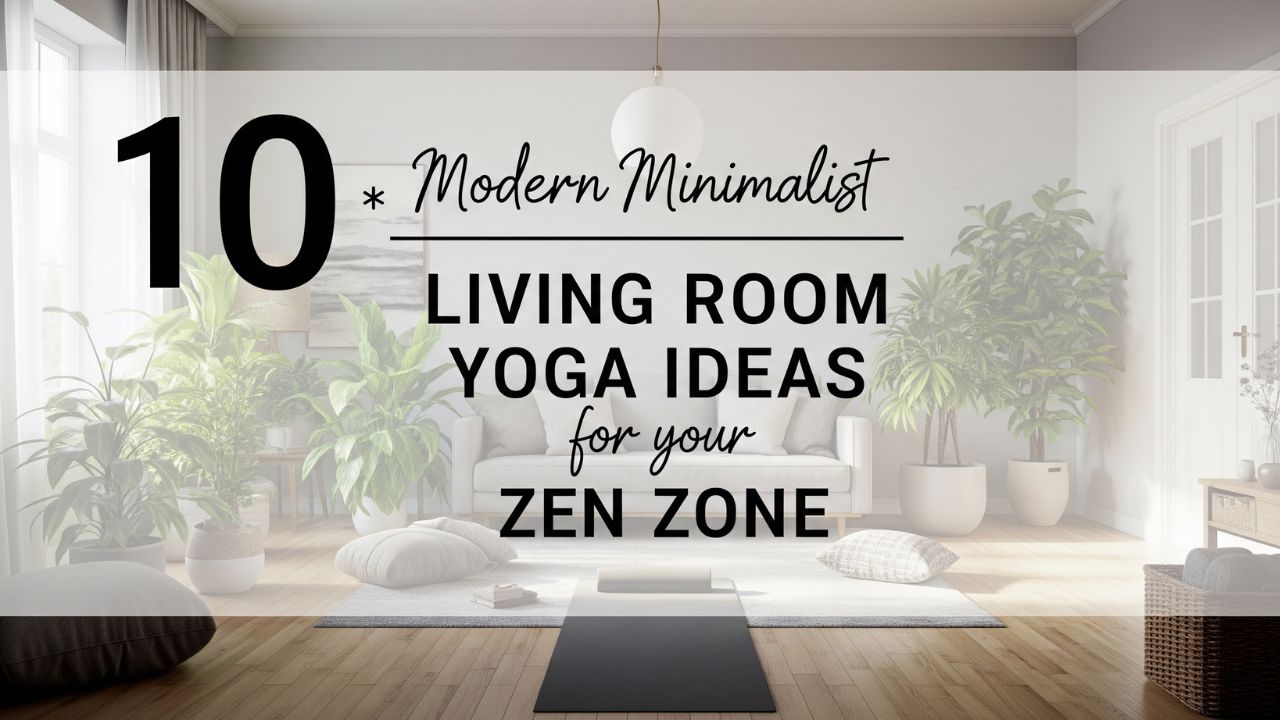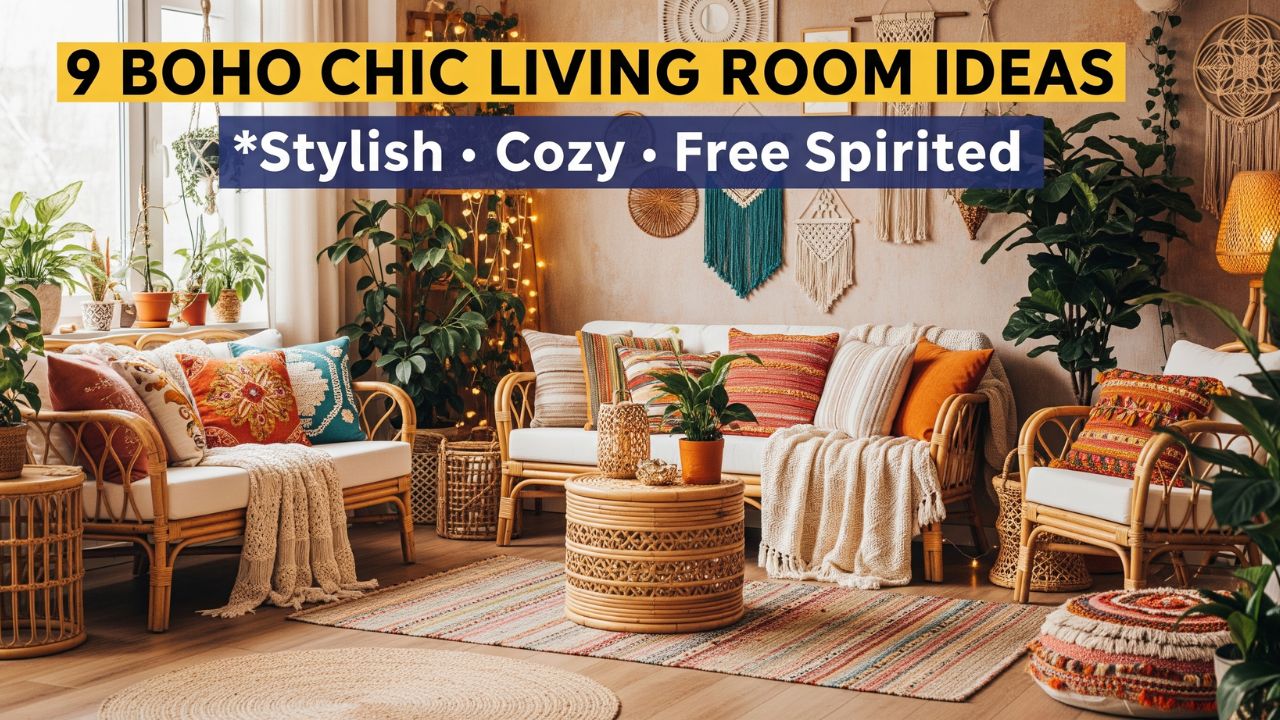Ever walk into a living room that feels instantly calm, balanced, and open? That’s the magic of minimalism — where every piece has a purpose, and empty space speaks louder than clutter.
Minimalist living isn’t about owning less; it’s about making space for what matters more. A clutter-free living room doesn’t just look good — it makes you feel lighter, think clearer, and breathe easier. But here’s the challenge: how do you keep your essentials organized without crowding your space with bulky cabinets or visible clutter?
That’s where smart, minimalist storage ideas come in. These solutions don’t just hide the mess — they elevate your entire aesthetic. Whether your space is compact or spacious, these 12 living room storage ideas will help you strike that perfect balance between function and serenity.
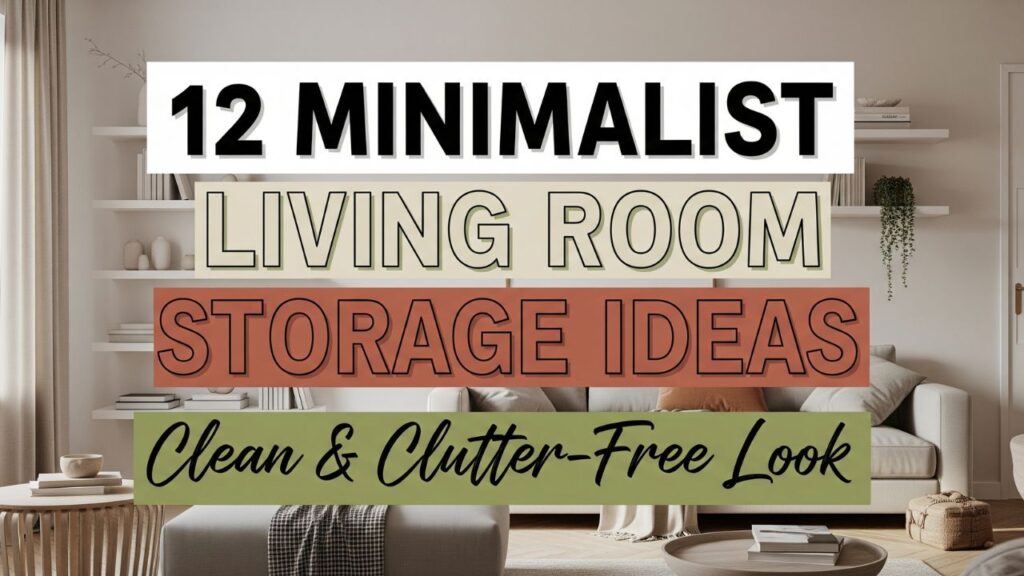
Table of Contents
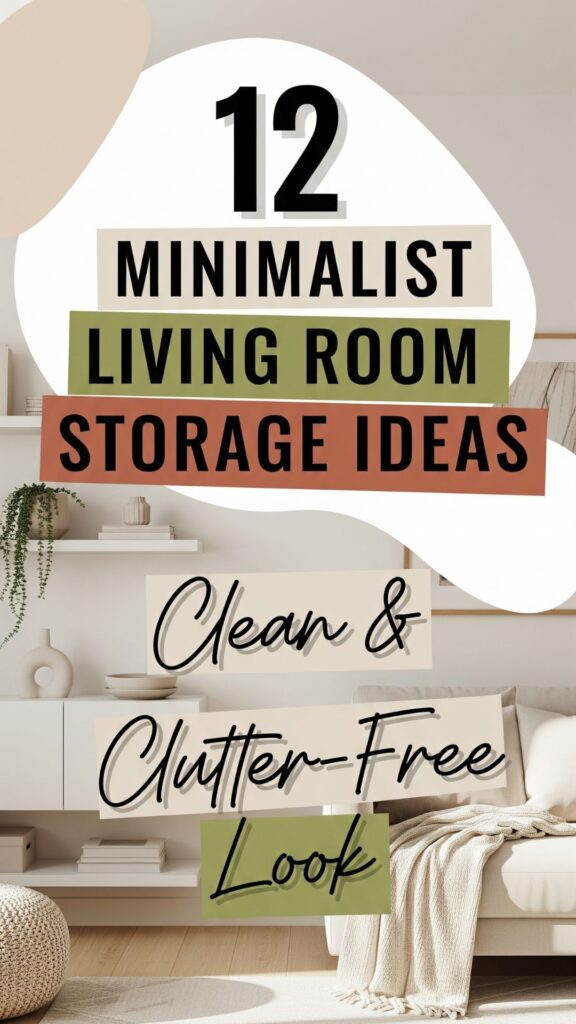
12 Minimalist Living Room Storage Ideas
1. Floating Shelves: The Art of Airy Storage
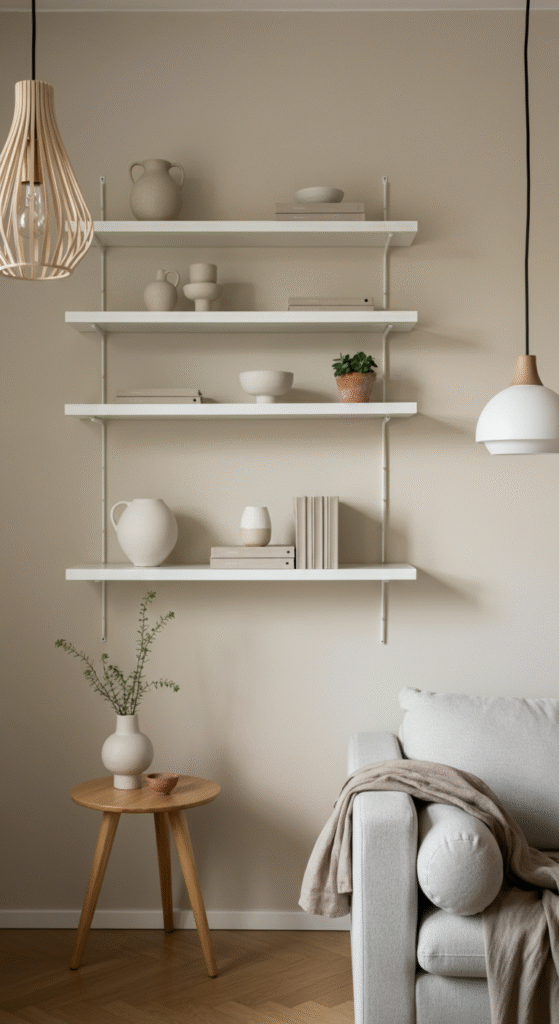
Floating shelves are the backbone of minimalist design — sleek, clean, and space-saving. They give you storage without visual heaviness.
Use them to display curated décor pieces, indoor plants, or even neatly stacked books. Keep each shelf 50% empty to maintain visual breathing room. The trick is to showcase less but better — every item should earn its spot.
Did you know? Psychologists say open wall space can make a room feel up to 30% larger — a principle often used in Japanese interior design.
2. Built-In Cabinets: Seamless and Sophisticated
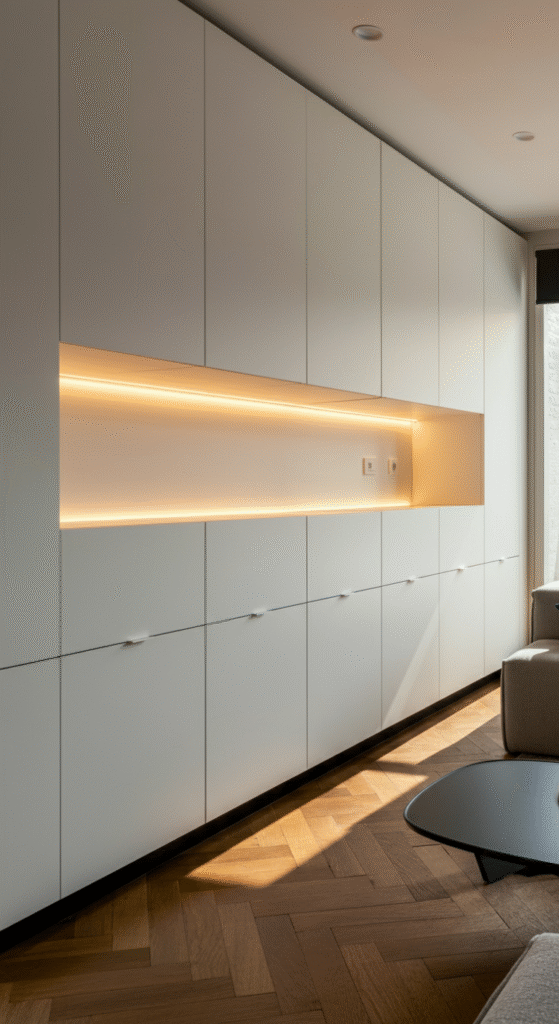
Built-in storage is the minimalist’s best friend. It blends into your walls, erasing visual clutter while maximizing space efficiency.
Opt for handleless cabinet designs with matte finishes in neutral tones — think white, beige, or soft gray. These subtle hues reflect light and make the room feel more open.
A well-designed built-in unit can hide everything — from media consoles to seasonal décor — behind smooth, uninterrupted lines.
3. Hidden Storage Under Sofas or Coffee Tables
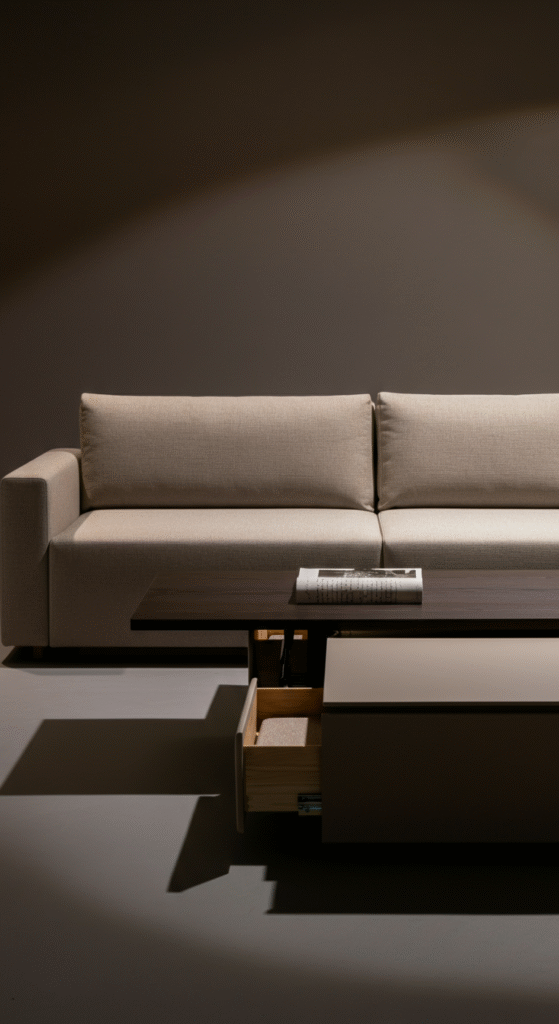
Minimalism doesn’t mean giving up convenience. Hidden storage compartments in furniture pieces allow you to keep things nearby without visual chaos.
Sofas with built-in drawers or lift-up seats are perfect for storing extra throws or books. Similarly, a coffee table with hidden compartments can conceal remotes, chargers, and coasters.
Interesting fact: Studies show that cluttered surfaces increase stress hormones — even small visual messes can subconsciously make you feel overwhelmed.
4. Modular Storage Units: Design Flexibility at Its Best
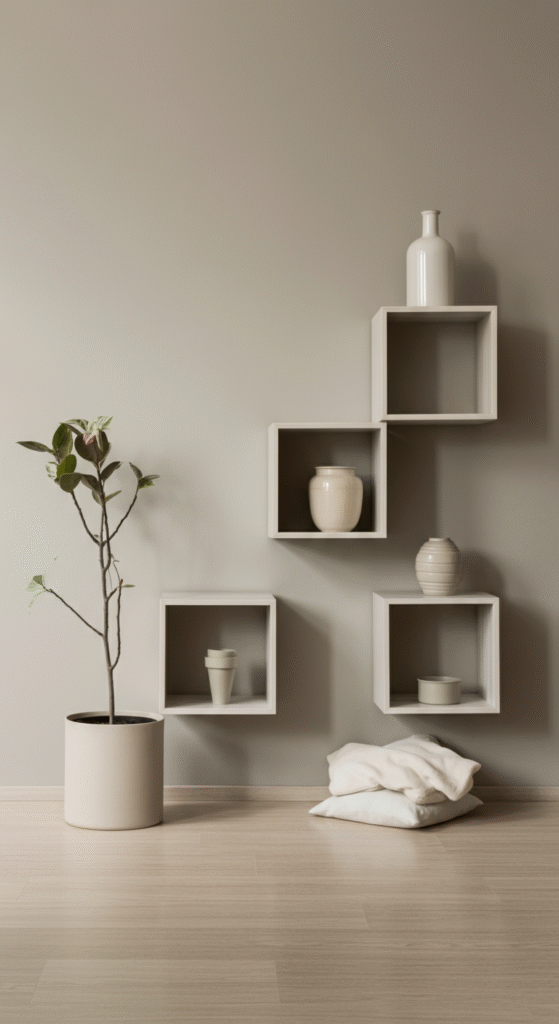
Modular systems let you adapt storage to your space — not the other way around. They can be rearranged, stacked, or extended as your needs change.
Go for minimalist cube-style shelving in white or oak finishes. Keep decorative items consistent in color and form to preserve the minimalist rhythm.
It’s storage that evolves — ideal for renters or those who like to switch up their layout.
5. Wall-Mounted Media Units: Function Meets Flow
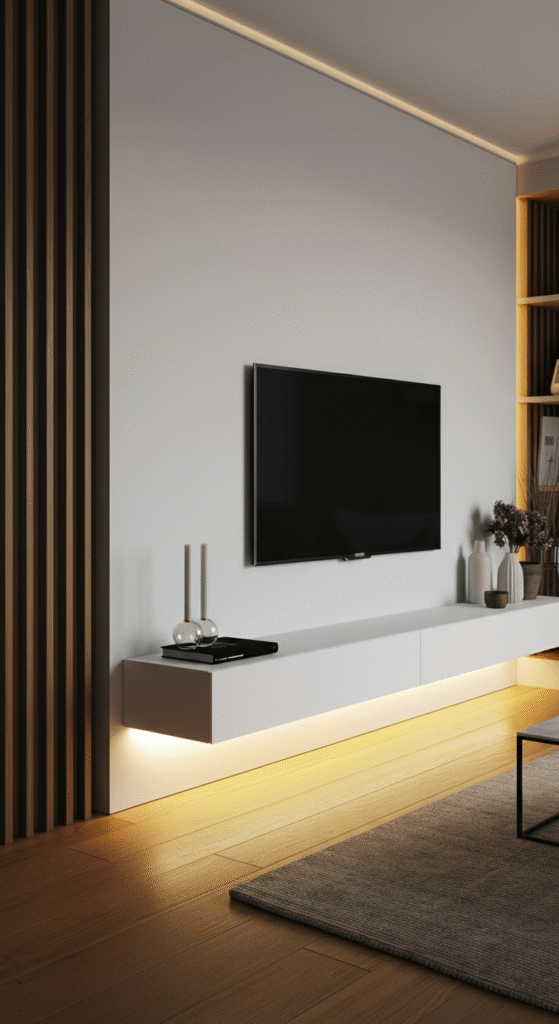
A bulky TV stand can instantly ruin a minimalist setup. Instead, go wall-mounted. A floating media unit keeps cables out of sight and gives the illusion of more floor space.
Combine it with cable management systems or built-in LED lighting for a refined, modern look. The clean lines and suspended design keep the aesthetic effortless.
Myth Busted: Many people think minimalist spaces look cold or sterile. In reality, minimalism is about warmth through simplicity — textures, light, and form create emotional balance without excess.
6. Nesting Tables: Small, Stylish, and Space-Saving
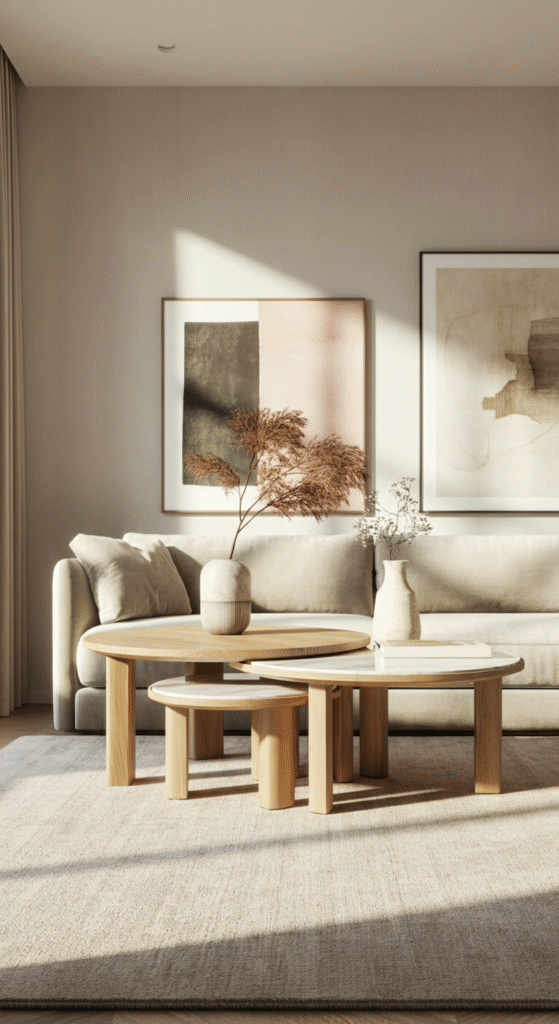
Nesting tables are minimalist multitaskers. Use them as side tables, laptop stands, or mini coffee tables when needed — then tuck them neatly when not in use.
Their clean, stackable design makes them ideal for compact living rooms. Choose round shapes in natural wood or marble finishes to soften the room’s geometry.
This dynamic furniture style keeps your layout flexible without compromising the minimalist vibe.
7. Minimalist Storage Benches: Dual-Purpose Beauty
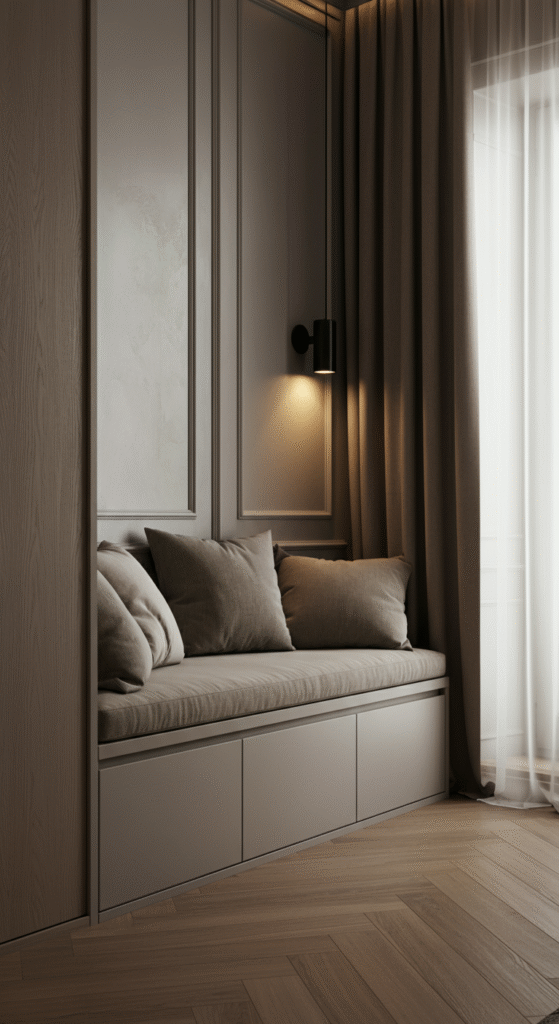
A storage bench is both seating and storage in one — perfect for entryways or under large windows.
Go for a simple design with hidden compartments or a lift-up lid. Upholstered benches in neutral tones like sand, stone, or charcoal add texture without clutter.
Did you know? Scandinavian minimalism often prioritizes multifunctionality — one piece should ideally serve two or more purposes to justify its space.
8. Ladder Shelves: Effortless Vertical Storage
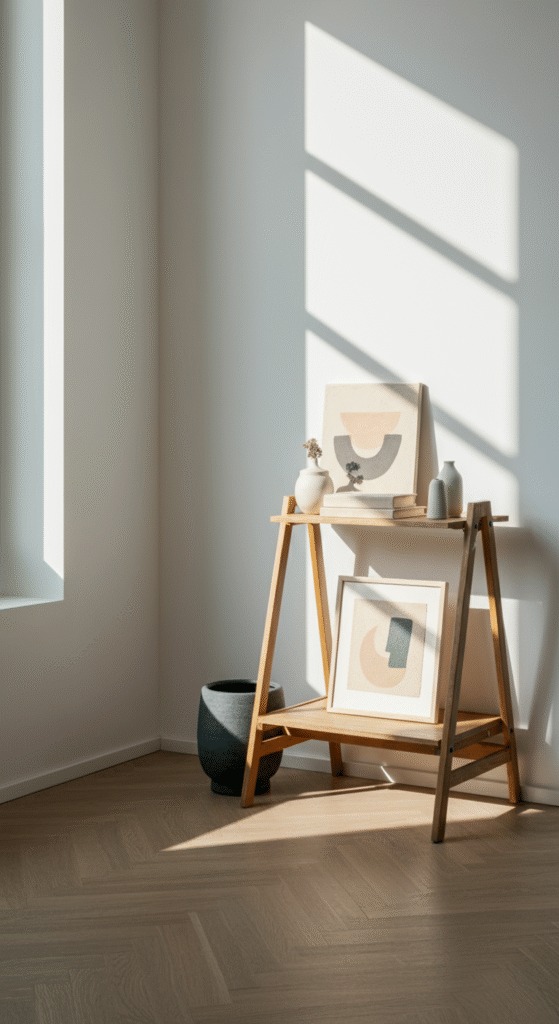
Ladder shelves add structure without heaviness. Their open design and narrow footprint make them perfect for small living rooms.
Use them to hold a few well-chosen décor pieces — maybe a ceramic vase, a candle, or a couple of art books. Avoid overcrowding each rung.
Their leaning form introduces a sense of movement and casual elegance that fits perfectly in modern minimalist homes.
9. Storage Ottomans: Comfort Meets Concealment
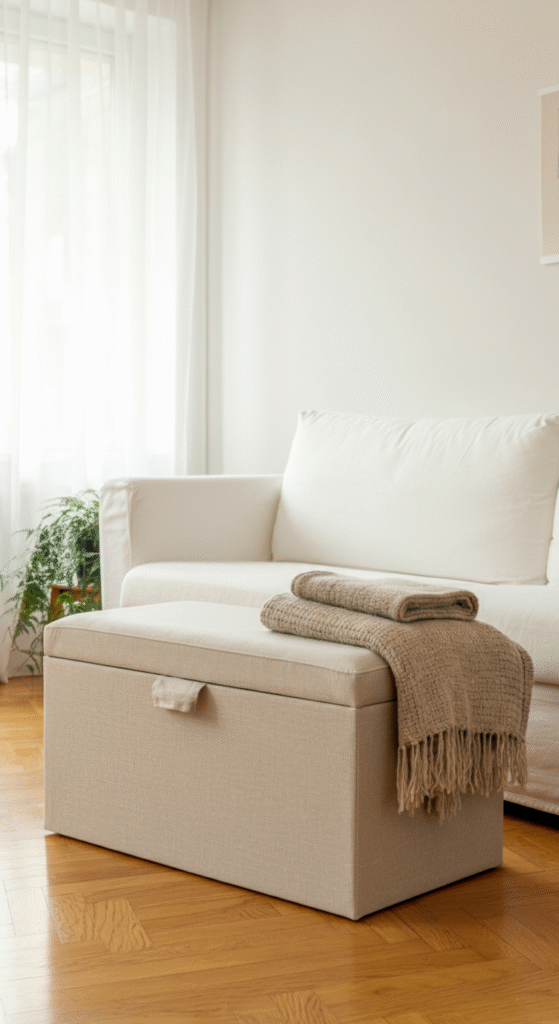
Storage ottomans are a minimalist’s secret weapon. They offer hidden storage while doubling as extra seating or a footrest.
Choose a cube or rectangular ottoman in linen or leather — neutral, clean, and timeless. Inside, you can store board games, blankets, or extra cushions without creating clutter.
This discreet, practical addition keeps your space cozy yet organized.
10. Open Shelving with Baskets: Order with Softness
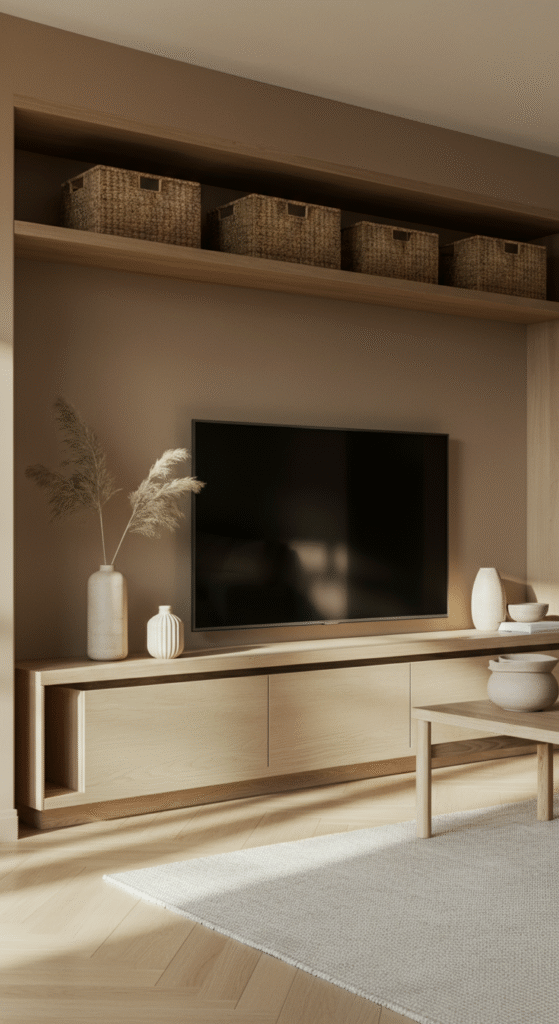
If you prefer open storage but hate the visual noise, baskets are your best bet.
Use woven or fabric baskets to group similar items — remote controls, magazines, or small electronics. Place them on open shelves for an organized yet warm aesthetic.
This approach blends practicality with tactile comfort, softening the minimalist edge just enough to make it inviting.
Fact: Natural textures like rattan and linen subconsciously make people feel grounded — a balance to the clean lines of minimalism.
11. Minimalist Display Cabinets: Showcase without Clutter
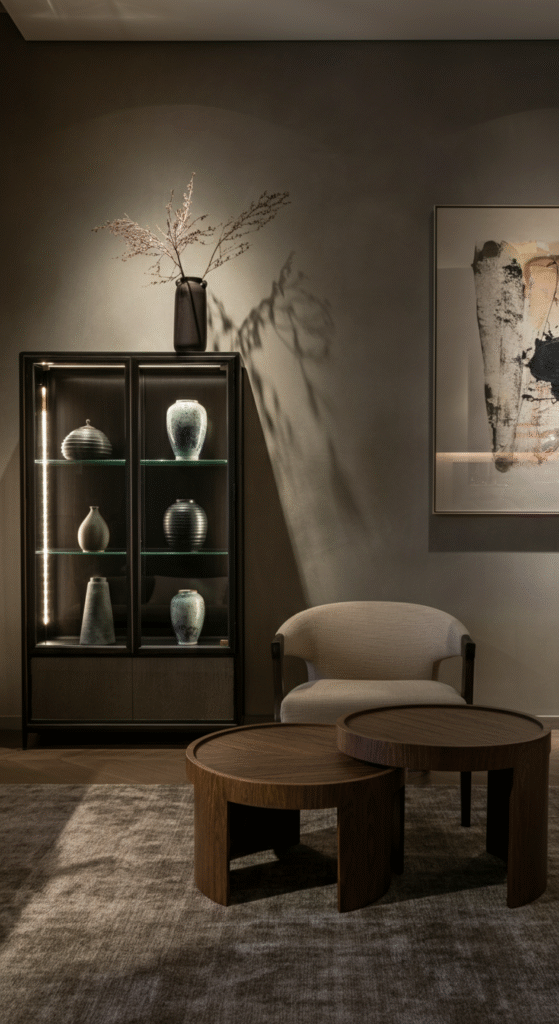
Display cabinets with glass doors allow you to highlight select items without them gathering dust.
Keep displays intentional — perhaps a few ceramics, curated books, or a single piece of art per shelf. Backlighting can add elegance and depth while maintaining simplicity.
This method satisfies both practicality and aesthetic appeal — minimalism isn’t about hiding everything, it’s about revealing only what adds meaning.
12. Floor-to-Ceiling Shelving: Maximize Vertical Potential
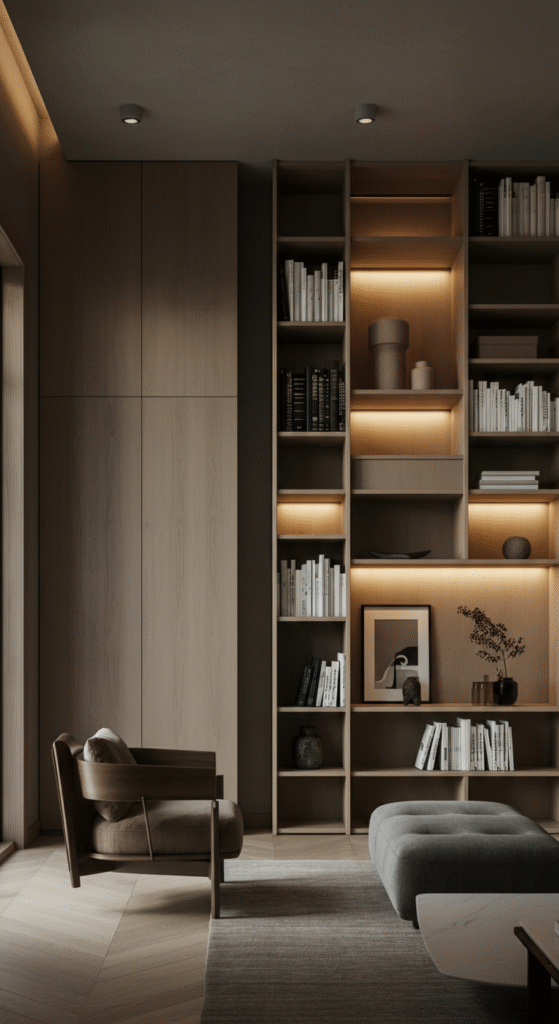
When floor space is limited, think vertical. Floor-to-ceiling shelving units create dramatic visual height and increase storage exponentially.
Keep the bottom shelves functional — books, baskets, or closed boxes — and the upper shelves decorative with plants or art.
The symmetry of vertical storage enhances the minimalist appeal while optimizing every inch of your room.
Did you know? Vertical storage increases perceived space by drawing the eye upward — a key principle used in both minimalist and modern architectural design.
Conclusion
Minimalism isn’t about having nothing — it’s about creating space for what truly adds value. A living room free of clutter invites calm, clarity, and focus. Each of these 12 minimalist storage ideas helps you blend practicality with peace, ensuring every corner breathes intention and balance.
When your surroundings are simplified, your mind follows. So start small — clear one surface, conceal one cable, or choose one storage upgrade that helps your space (and you) feel lighter.
Because a minimalist home isn’t just a style — it’s a state of mind.
Frequently Asked Questions (FAQs)
How do I start creating a minimalist living room?
Begin by decluttering. Keep only what you use or love. Then, introduce multifunctional storage pieces like benches, ottomans, or floating shelves to maintain a clean look.
Can a small living room still look minimalist?
Absolutely. Minimalism thrives in small spaces. Use vertical storage, light colors, and hidden compartments to create openness and calm.
What colors work best for a minimalist living room?
Stick to neutrals — white, beige, gray, or soft earthy tones. These shades enhance natural light and keep your space visually balanced.
How do I keep my living room clutter-free daily?
Adopt the “one in, one out” rule — for every new item you bring in, remove one. Use baskets or drawers to store everyday items out of sight.
Are minimalist spaces boring?
Not if done right. The key is balance — mix textures (linen, wood, metal), add a few statement pieces, and let negative space highlight your design.
